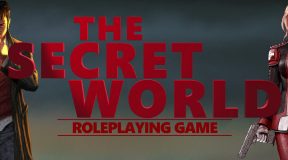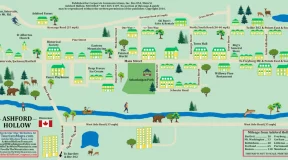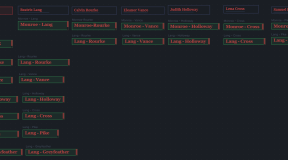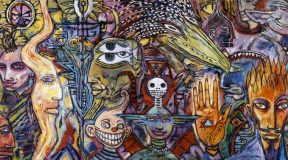In keeping with my recent theme, I’m still trying to get my brain to cooperate with my desire to kick out a coherent adventure module for The Secret World. I’ve got the gist of the story down, a raft of primary characters, and I’m still working through their motivations and relationships. But now like always, I have this very specific problem when it comes to creating interactive narratives.
It’s very easy for me to start “a story”. While TTRPG stories are almost always less than linear thanks to the creative energies of most player-parties, there always has to be a flow of events that will either be affected by the players through participation (intentional or not), or will run their storied course; that’s just the way the world — any world — works, and it also serves to exert a certain pressure on the players to git’ er done. I’m pretty OK at coming up with that through-line at a very high level, but when it comes to fleshing it out or adding side-quests, I’m almost always at a loss.
I think I’ve got the main thread down for this module I’m working on now, but now it’s a matter of filling in the specifics. One issue I have is that I write these stories logically, meaning that:
- There’s a problem.
- Here’s the reason.
- These are the NPC participants.
- Here’s how the party can solve it.
- Fin.
If you think about only these five points in terms of a TTRPG story, you might see my issue. I know how the story should be resolved, but the party won’t when they arrive on scene. Hell, they shouldn’t even really know what the problem is. That means that while I know what the party needs to do to solve the issue, I really do have to reverse my thinking to create roadblocks, puzzles or trials to make the party work for their discoveries to stretch out the player’s engagement with the story. This has the potential to run the other way, though, by throwing so much other busy work at the party that they get tired, bored, and lose track of the main narrative thread. It’s tough line to walk, personally.





